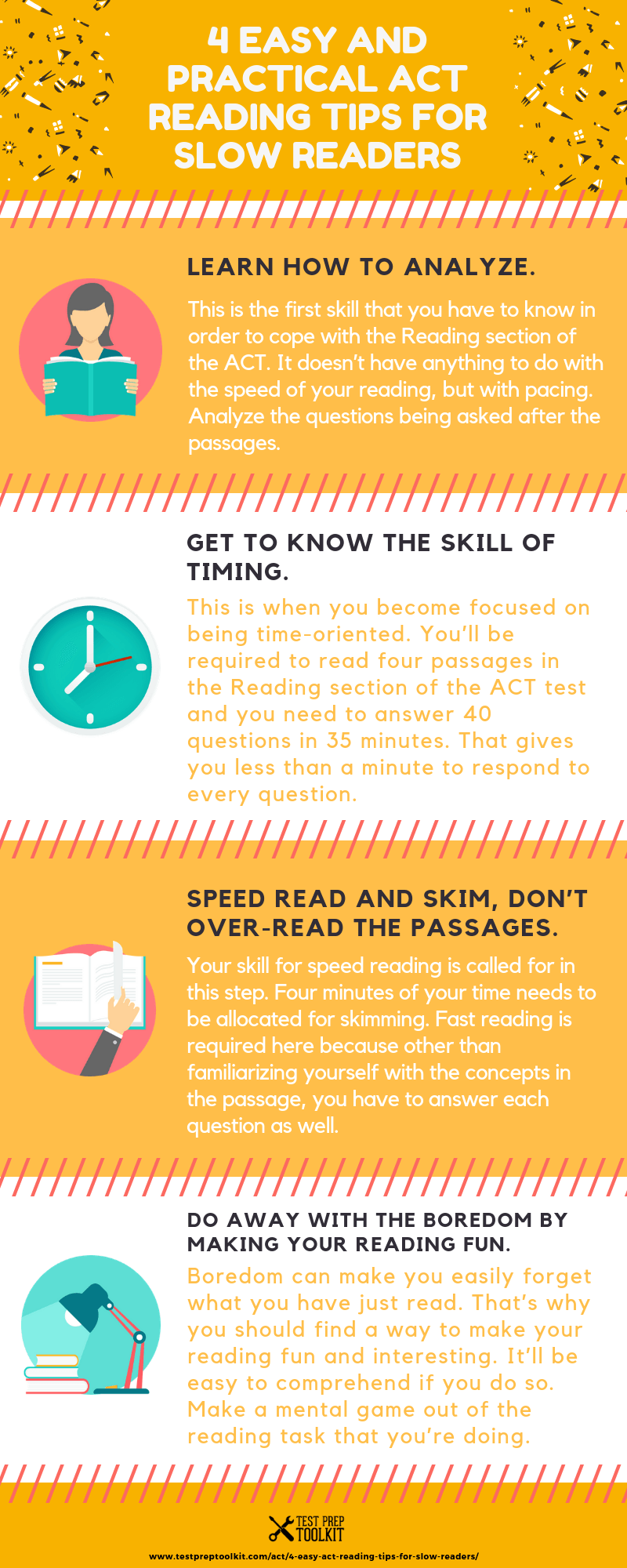Reading comprehension is an essential skill that allows individuals to understand and interpret written text effectively. Whether reading for pleasure or studying for academic purposes, there are certain best practices that can help improve comprehension and retention of information.
One of the key best practices for reading comprehension is active engagement with the text. This means actively thinking about and questioning the material as you read, rather than passively scanning the words on the page. By engaging with the text in this way, you can better understand the author’s message and retain the information more effectively.
Best Practices for Reading Comprehension
Another important best practice is to preview the text before diving in. Take a few moments to scan the headings, subheadings, and any graphics or illustrations that accompany the text. This can help give you a sense of the main ideas and structure of the text, making it easier to follow along and understand the material as you read.
Additionally, it can be helpful to take notes as you read. Jotting down key points, questions, or reactions to the text can aid in comprehension and retention. This can also help you stay engaged with the material and actively think about what you are reading.
Furthermore, it is important to read at a comfortable pace. While it may be tempting to rush through the text, taking the time to read slowly and carefully can improve comprehension. Give yourself time to digest the information and reflect on what you have read before moving on to the next section.
Lastly, it can be beneficial to summarize the main points of the text after you have finished reading. This can help reinforce your understanding of the material and solidify key concepts in your memory. You can also discuss the text with others or write a reflection to further enhance your comprehension.
In conclusion, by actively engaging with the text, previewing before reading, taking notes, reading at a comfortable pace, and summarizing after reading, you can improve your reading comprehension skills and get the most out of the material you are reading. These best practices can be applied to various types of reading materials, from textbooks to novels, and can help you become a more effective and efficient reader.
